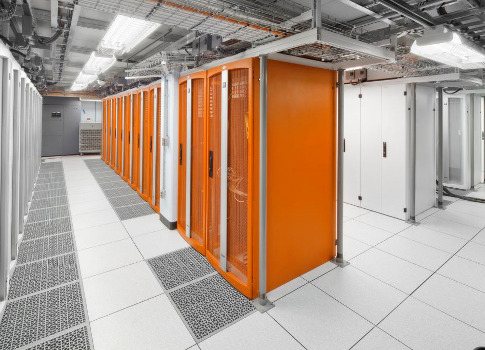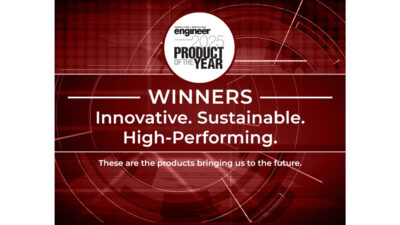In the information age, data centers can be the beating heart of not just a building, but an entire global corporation. Data center cooling is a key component of the design of these mission critical facilities.

Respondents
- Andrew Baxter, PE, Principal/MEP Engineering Director, Page, Austin, Texas
- Brandon Kingsley, PE, CxA, CEM Project Manager, Primary Integration Solutions Inc., Charlotte, N.C.
- Keith Lane, PE, RCDD, NTS, RTPM, LC, LEED AP BD+C, President/Chief Engineer, Lane Coburn & Associates LLC, Seattle
- Dwayne Miller, PE, RCDD, CEO, JBA Consulting Engineers, Hong Kong
CSE: Describe unique HVAC solutions you recently specified into a data center.
Kingsley: Indirect evaporative cooling air handling units with supply fan walls using electrically commutated motors (ECM) and air side economizers are becoming standard as the first source of cooling for most of the year in data centers of all sizes. Chilled water systems with elevated supply design temperatures are becoming common as well.
Baxter: Certainly traditional direct expansion (DX)-based computer room air conditioners (CRAC) and chilled water computer room air handler (CRAH) unit designs are still being used, but more and more we are using more customized solutions. We are designing systems using larger air handling units (AHU) with air-side economizers, large AHUs with indirect economizers using sensible heat wheels, and systems that use direct evaporative cooling only with no other means of cooling. Even for chilled water based designs, we are using much higher water temperatures than traditional designs and incorporating integrated water-side economizers in order to maximize the free cooling hours for the facility. We have also looked at direct liquid cooling systems for projects but as of yet have not had a project implement one of these designs.
CSE: What updates in fans, variable frequency drives (VFDs), and other related equipment have you experienced?
Baxter: ECMs for direct drive plenum fans is a big item now and at minimum VFDs on all fans to allow for airflow tracking to the IT load and thus reducing total annual fan energy. One big concern with these devices has been harmonics on the electrical systems that feed these drives as they are commonly fed from the same power transformers that ultimately feed the critical IT load. The need for harmonic filtering is something that comes up on many projects, and this needs to be accounted for in both project cost and energy-efficiency loss over time.
Kingsley: The biggest trend we have seen is the increased use of ECMs rather than VFDs. The benefits of ECMs are that every motor has an on-board controller that can vary the fan speed, eliminating the need for variable speed drives, and ECMs are more efficient and tend to be more reliable. To meet the energy-efficiency requirements of ASHRAE 90.1-2013, manufacturers are resorting to variable speed capability for all equipment. It is probably more cost-effective for the manufacturers to use ECMs. ECMs are being applied to CRAC/CRAH units, AHUs, and condenser fans. While the capacity of ECMs has been limited to smaller fans, manufacturers are continually increasing their capacity.
CSE: In your experience, have alternative HVAC systems become more relevant in data centers? This may include variable refrigerant flow (VRF), displacement ventilation, chilled beams, etc.
Kingsley: Evaporative cooling systems, both direct and indirect, seem to be the most relevant alternative HVAC systems because of their energy efficiency. Use of these systems can eliminate traditional mechanical refrigeration cooling systems, greatly reducing the PUE. The application of these systems is specific to clients that can tolerate elevated cold aisle operating conditions. It typically requires hot aisle containment as well. The containment is not usually installed by the time of commissioning, and it is challenging to simulate it. Some owners are willing to mock up containment of one aisle so that we can establish a reference. After the hot aisle containment system is fully installed and the data center is being brought up, we return to retest and adjust the systems.
Baxter: I would definitely say yes; as the industry strives to become more energy efficient (lower PUE), alternative systems are being looked and used in data centers. While we haven’t seen chilled beams used, displacement ventilation has been used extensively for cold aisle containment systems. Variable refrigerant flow, especially when tied to some sort of nonphase change (pumped liquid refrigerant) low temperature economization system, is definitely getting used more and more as well.



